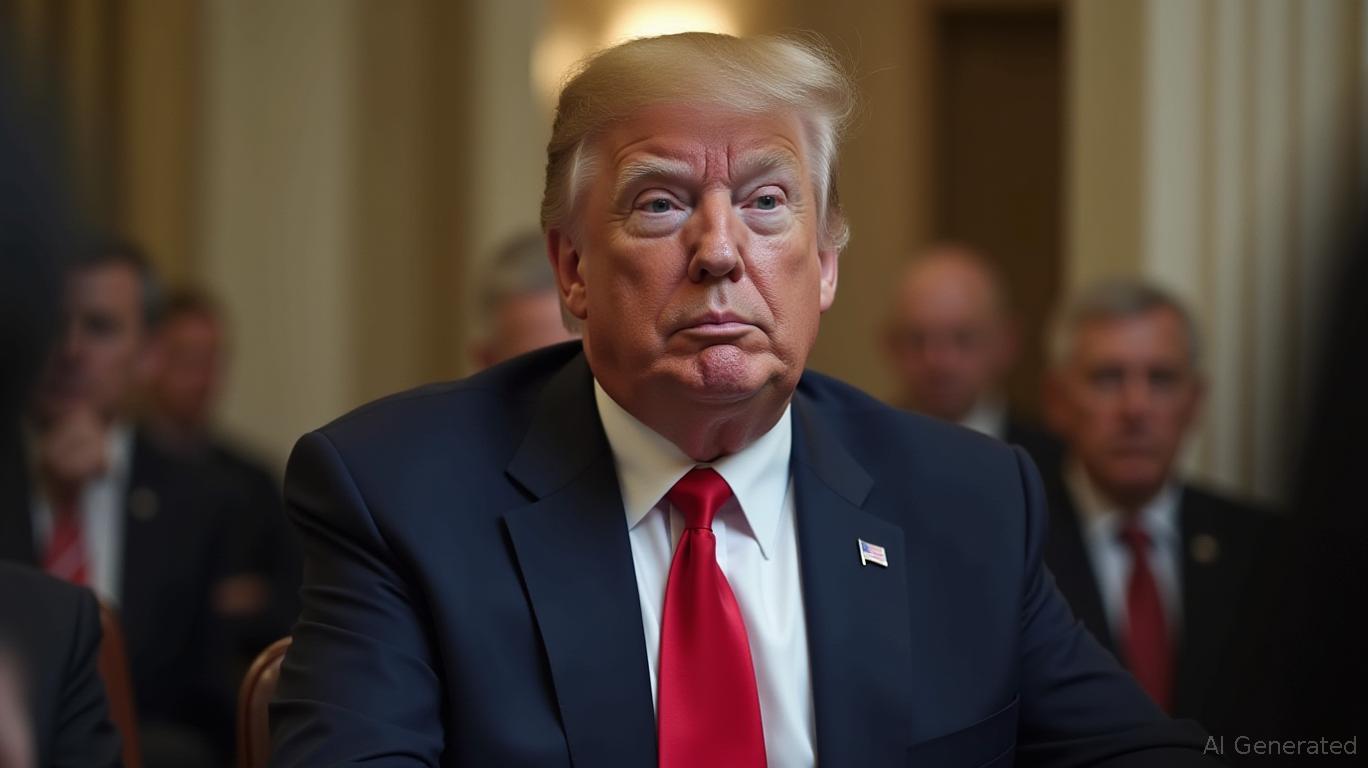Biden Administration Cuts Intel's Federal Funding, Questions Over Tech Roadmap and Customer Confidence
This weekend, insiders revealed that the U.S. government plans to cut Intel's federal chip subsidies from $8.5 billion to less than $8 billion.
Part of the reason for this change by the Biden administration is the consideration of a multi-billion dollar military chip manufacturing contract that Intel has already signed with the Pentagon.
Earlier, Intel was exclusively awarded a $3 billion government contract to manufacture chips for the military. Two informed sources disclosed that the scale of this contract prompted the Department of Commerce to decide to reduce the rewards for Intel. The combination of the military contract and the CHIPS Act grants results in total rewards exceeding $10 billion under the bipartisan bill.
Additionally, insiders claim that this move also takes into account Intel's current technology roadmap and customer demands. Despite Intel's ongoing efforts to enhance its technological capabilities to catch up with competitors like TSMC, it has struggled to convince customers that its technology can match that of TSMC.
Intel's business has begun to falter this year; the company's sales decreased by 6% last quarter, and it is currently laying off 15,000 employees. Meanwhile, the Biden administration has been concerned about Intel's ability to fulfill its investment commitments.
This spring, the Biden administration announced plans to provide Intel with nearly $20 billion in grants and loans, which included $8.5 billion in direct funding and up to $11 billion in loans. This is the largest subsidy the U.S. government has offered for cutting-edge chip production. These funds will be used to build two new factories and modernize an existing one, aimed at boosting the company's domestic semiconductor chip output.
This expenditure is part of President Biden's signed CHIPS and Science Act, which allocates $52.7 billion to the semiconductor industry to increase domestic semiconductor production, including $39 billion in semiconductor production subsidies and $11 billion in R&D subsidies.
For a long time, Intel has been seen as the biggest beneficiary of the act, and the company has actively lobbied for its passage. However, its business difficulties have complicated the final ruling negotiations.
Conversely, the investment in Intel was originally at the forefront of the government's ambition to bring the chip manufacturing industry back to the United States from Asia. However, Intel's current predicament is also a blow to the Biden administration's plans to accelerate domestic chip manufacturing.
In the final stages of Biden's term, the U.S. Department of Commerce has been racing against the clock to finalize contracts and begin allocating funds from the CHIPS Act.
Earlier this month, the Department of Commerce stated that it had completed the terms of a $6.6 billion grant to TSMC for the construction of a semiconductor factory in Arizona. The Biden administration has indicated that this plan has stimulated significant growth in new factory construction, and the U.S. will become the only country in the world where all five major chip manufacturers have established factories.


_442a2dcc1749832873286.jpeg)
_e68fac6d1749831664430.jpeg)





